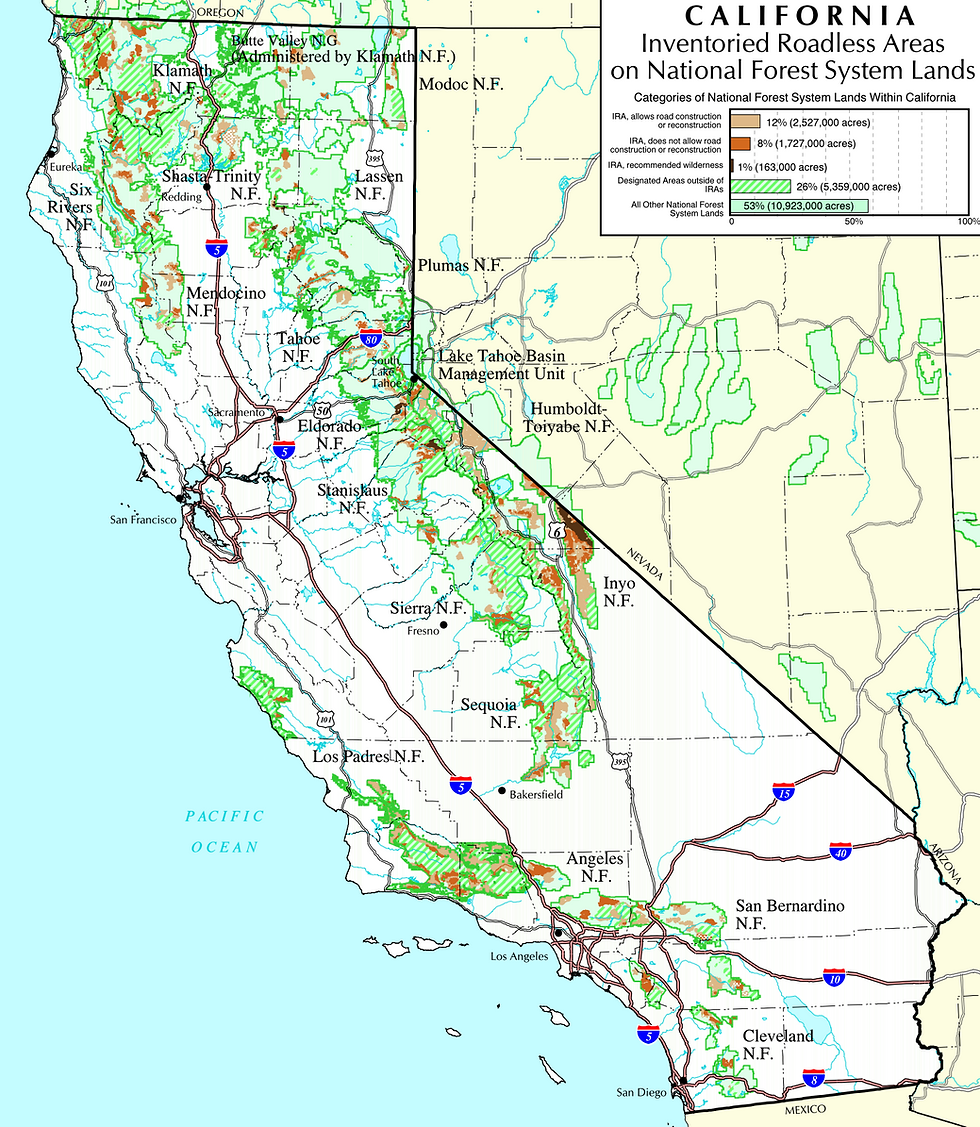EPIC Comes to the Defense of Siskiyou Mountains Salamander
- EPIC Staff
- Apr 24, 2019
- 2 min read
Updated: Aug 30, 2023

EPIC and allies filed a notice of intent to sue the U.S. Fish and Wildlife Service for failing to respond to a 2018 petition for Endangered Species Act protection for the Siskiyou Mountains salamander.
This rare terrestrial salamander lives only in the Klamath-Siskiyou region of southern Oregon and Northern California, primarily in old-growth forests. The best habitat for the Siskiyou Mountains salamander (Plethodon stormi) is stabilized rock talus in old-growth forest, especially areas covered with thick moss. Mature forest canopy helps maintain a cool and stable moist microclimate where they can thrive. The species is threatened by plans from the U.S. Forest Service and U.S. Bureau of Land Management to increase logging in southern Oregon.
There are two distinct populations of the Siskiyou Mountains salamander, separated by the mountain range’s crest. A larger northern population lives in the Applegate River drainage in southern Oregon, while the smaller southern population is in California’s Klamath River drainage. Most known Siskiyou Mountains salamander locations are on public lands managed by the BLM and the Forest Service.
In March 2018 the Center for Biological Diversity, Klamath-Siskiyou Wildlands Center, Environmental Protection Information Center and Cascadia Wildlands filed a formal petition asking the Fish and Wildlife Service to protect the Siskiyou Mountains salamander under the Endangered Species Act.
Conservation groups first petitioned to protect the salamander under the Endangered Species Act in 2004. To prevent the species’ listing, the BLM and Fish and Wildlife Service agreed in 2007 to protect habitat for 110 high-priority salamander sites in the Applegate River watershed. In 2008 the Fish and Wildlife Service denied protection to the salamander based on this conservation agreement and old-growth forest protections provided by the Northwest Forest Plan.
Under the Northwest Forest Plan, the BLM and Forest Service were required to survey for rare species like the salamander and designate protected buffers from logging where the animals were found. But the Western Oregon Plan Revision adopted by the BLM in 2016 substantially increased logging allowed in western Oregon forests, undermining those habitat protections.





Comments